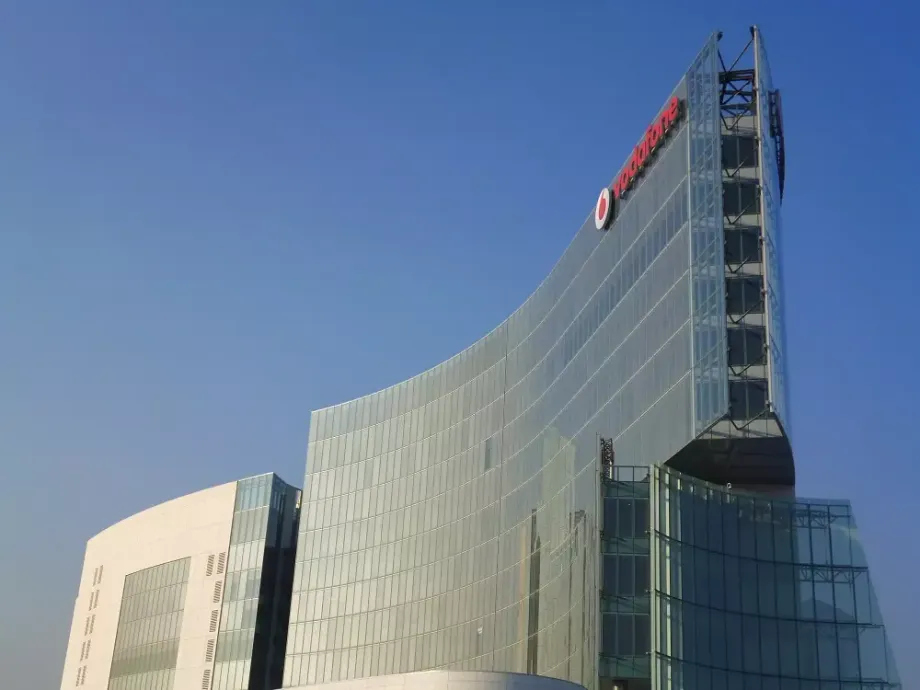Our country pages
Europe
Search
Blue roof
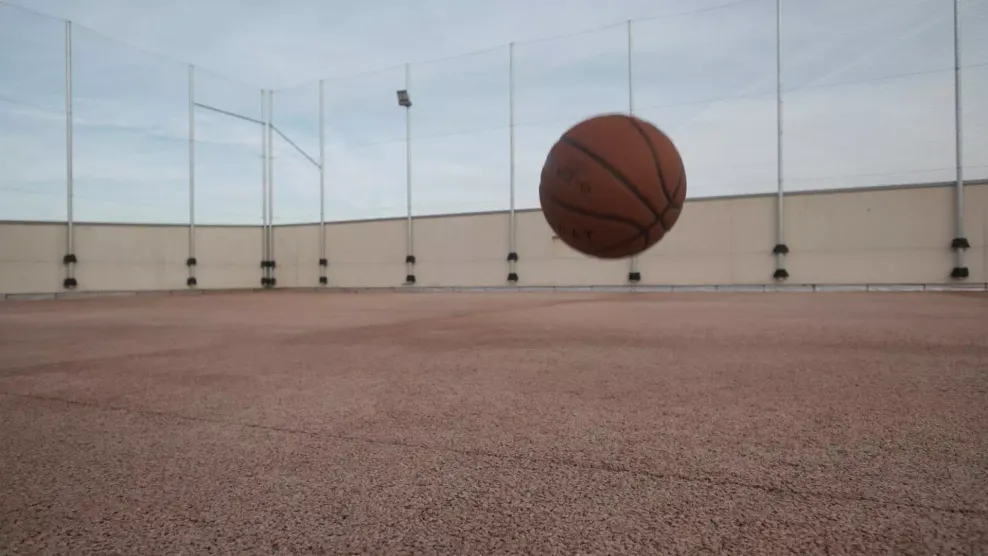
Blue roofs reduce flood risks and help you hit sustainability targets
Flood threats are a growing risk in today’s towns and cities due to more frequent instances of extreme weather caused by climate change, as well as increasing urbanisation and the impact on legacy drain and sewer systems, that were often built over 100 years ago. Combined with government policies regulating the amount of rain water that can be released into sewer systems, water management is more important than ever.
At the other extreme, we’re also witnessing periods of drought and hotter weather which puts stress onto water supplies. Rainwater that simply runs off roofs is a wasted resource.
Blue roofs allow you to move water storage from ground-level to your roof, saving you land square meterage as well as opening up new opportunities to help you hit sustainability targets. For example, re-use of the water could help to cultivate a roof garden to act as a communal space for employees.
To speak to someone for help and advice about your project design, specification and budget or for information about site inspections and maintenance programs, please email us.
What is a blue roof?
Put simply, a blue roof is a system of rainwater retention and controlled drainage on roofs. This is a great method of water attenuation and management of stormwater, and can be key to sustainability in buildings - particularly in urban areas where a ground level solution may not be possible due to lack of space.
A blue roof can serve one of two functions; they can either slowly release water into sewerage systems to prevent flooding and overflow, or the water can be stored and then used within the building for irrigation, cooling and recreation.
As a building owner or Corporate Real Estate Manager, you’ll know that it can be expensive to dispose of water after it collects on the roof: at BMI, we’re moving toward a system that doesn’t waste any rain water, and instead ensures that it’s being used as a resource to benefit your building and business.
How it works
Blue roofs are typically installed on flat or low sloped roofs to allow them to work properly. They work by managing water run-off, storing and releasing rainwater rather than dispelling it quickly as many standard and less complex roofing systems do.
With most typical roofing, the water runs immediately into gutters and drainage pipes, but a blue roof controls the drainage away from the roof, which prevents the drainage pipes from becoming overwhelmed and causing floods.
Why choose a blue roof?
Why choose a blue roof?
Similarly to a green roof, a blue roof is ideal for improving your business’s sustainability, offering a more environmentally friendly alternative to traditional systems. If your business is located in an area which is particularly prone to flooding, then a blue roof system can also help to protect your building (and neighbouring ones) from damage.
Some of the main benefits of a blue roof include:
- Temporary storage of rainfall to mitigate run-off impacts
- Reducing flow rate of water from the roof
- Storage of water for reuse, such as irrigation and cooling
- Make up the drainage and support layer for green roofs
- Easy to maintain
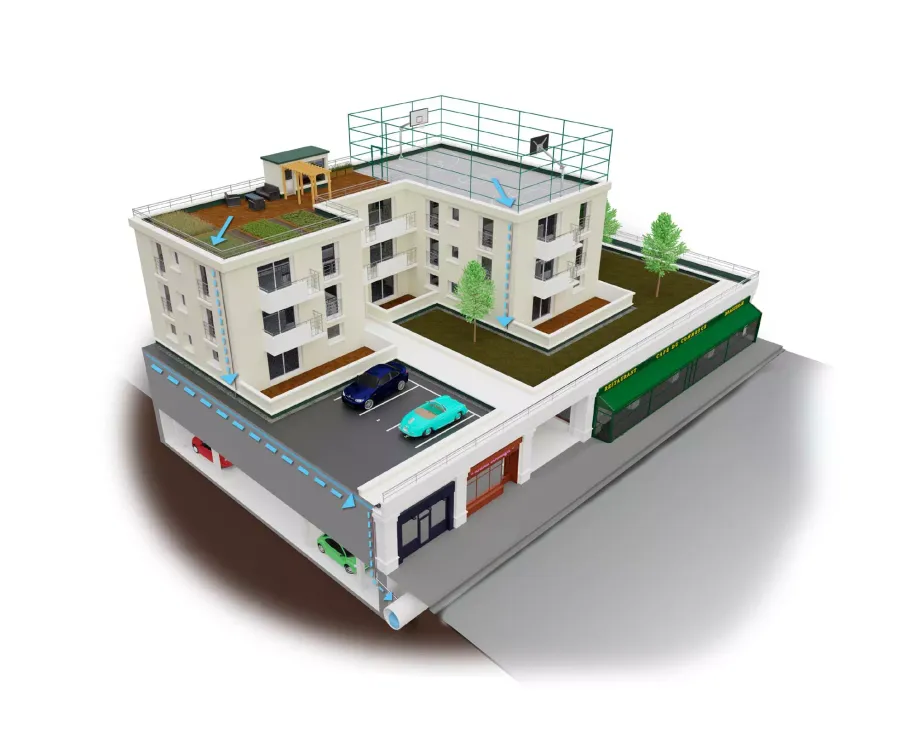
Types of blue roofs
There are many different types of Blue Roofs, and at BMI our solutions are flexible meaning we can tailor your roofing system to fit your particular needs.
Blue roofs can work hand-in-hand with green roofing systems, with the water stored in the retention layers being used to create a water supply for any vegetation, which means less maintenance. Or, with our RoofTop Duo™ solution, blue roofs can also be used in combination with roof terraces and porous concrete surfaces to provide an all-in-one system for waterproofing and rainwater storage.
Whilst researching blue roofs, there are various types that you may come across. Most of these can be divided into either active or passive systems:
Active blue roof systems
Active blue roof systems
These are systems that use power and water collected from the roof, such as a water pump or tank. Some examples of active blue roof systems include:
- Stormwater harvesting - this is a method of water collection that is then used within the building for other purposes, such as in plumbing
- Solar water heating - this involves using solar panels to heat the water run-off that has been stored, which can then be repurposed for a swimming pool, for example
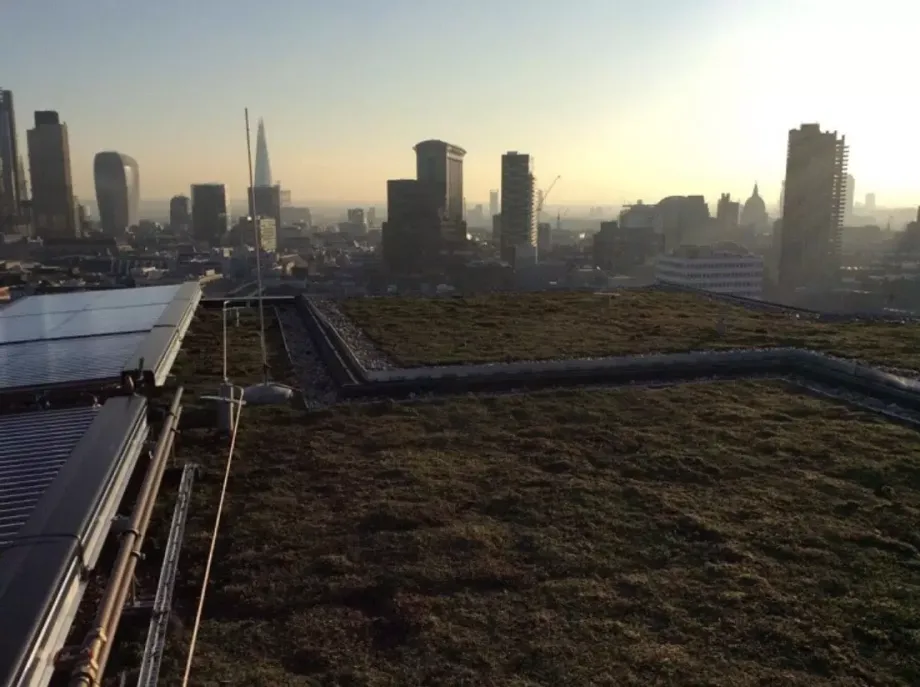
Passive blue roof systems
Passive blue roof systems
These typically use a gravitational pull to pump the water, as opposed to having equipment to make use of the water, as active systems do. Here are some examples:
- Irrigation - if you store water, this can be used for irrigation purposes for a roof garden or somewhere else in the building
- Rain gardens - to prevent flooding and pollution, a rain garden will absorb and filter water to reduce water run-off
- Cooling - cooling blue roofs use a combination of water and a specific roof construction and materials specification to help insulate the building from the sun during hotter months
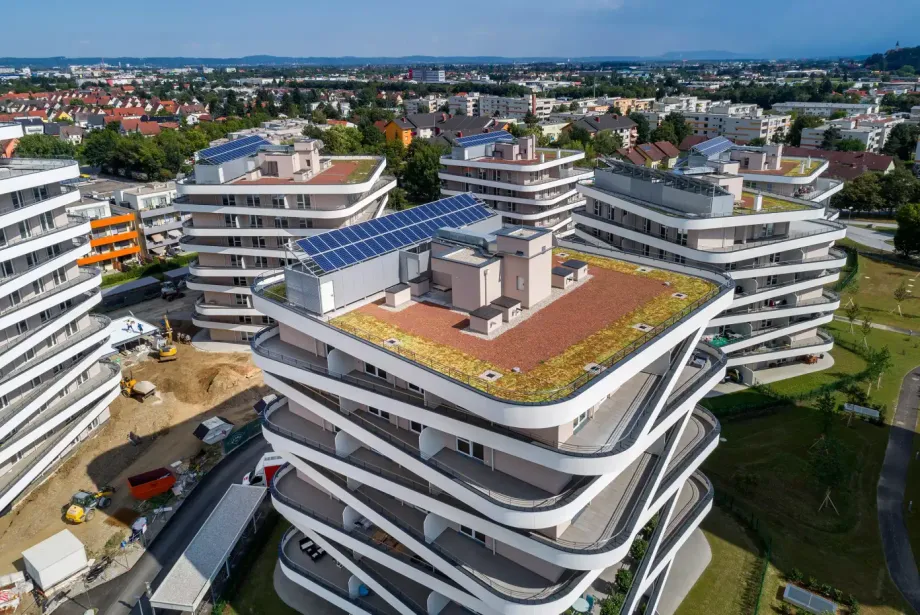
Blue roof construction
The construction of a blue roof is completely dependent on the components used to make them. For example, if you’re combining a blue roof with a green one, you might like a water retention layer installed to be able to use the water run-off to keep the vegetation on your roof healthy.
Other components that can make a difference to how the roof is composed are:
- Filter fleece - this prevents fine particles from building into a sludge in the drainage layer
- Flow control system - this manages the flow of water run-off through the drainage system, and can be fitted at an adjustable height
Why choose a BMI blue roof?
At BMI, we have over 165 years of experience in providing roofing expertise and innovative systems.
The first step to understanding what you’ll need for your roof is to get in touch with our expert technical advice team - they’ll be able to talk you through our range of products for blue roofs, to make sure we find the ideal solution for you.
You can get in touch with the team by sending an email to rethinkroofs@bmigroup.com
Vodafone brings village life to the city
